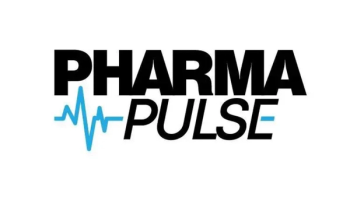
Establishing Additional Transparency
In the third part of her Pharma Commerce video interview, LeAnn Boyd, Liviniti’s founder and CEO, explains how a flat admin fee model can potentially create more value for both payers and patients.
In a video interview with Pharma Commerce, LeAnn Boyd, PharmD, Liviniti’s founder and CEO, discusses the deeper, systemic issues behind rising healthcare and drug costs that are not fully addressed by the MFN (Most-Favored Nation) executive order. She acknowledges that the healthcare landscape has seen incredible advancements in therapies that significantly improve patient outcomes and well-being. As more people utilize pharmacy benefits—rising from 50% to around 70% in recent years—overall drug spending has naturally increased. While greater access to treatments is positive, Boyd emphasizes that this doesn't fully explain the sharp rise in costs.
She views the MFN executive order as a useful initial step—a spark that brings attention to the issue, especially considering that the US pays significantly more for medications than other countries. However, Boyd expresses concern that the order lacks the depth needed to address all the systemic contributors to high drug prices.
A key issue, she argues, lies in the misaligned incentives within the drug pricing ecosystem. Many stakeholders, such as pharmacy benefit managers (PBMs) and other intermediaries, have compensation structures that are tied to the list price of medications. This creates a perverse incentive to favor higher-priced drugs, as higher costs directly translate into greater profits for these players. As long as stakeholders are financially rewarded based on drug prices rather than patient value or outcomes, upward pressure on prices will persist. Boyd concludes that unless these incentive structures are realigned to reflect value-based compensation, rather than price-driven earnings, any reform—like the MFN rule—will fall short of creating lasting change in the healthcare cost landscape.
Boyd also comments on how PBMs will be significantly impacted by the EO; why PBMs that operate on flat admin fee model rather than rebates create more transparency and value for both payers and patients; what meaningful drug pricing reform looks like in her view; and much more.
A transcript of her conversation with PC can be found below.
PC: For PBMs that operate on a flat admin fee model rather than rebates, why does that approach create more transparency and value for both payers and patients?
Boyd: We've been operating that model since day one. We're 14, 15, years into this model. Whereas a clinical pharmacist, it was always about how do we help support a patient, and how do we also help support that employer that's funding typically 90% of all their medication cost, how do we help the patient and the employer get on the right medication, the most cost effective, clinically effective therapy? When you eliminate the reliance or the reward of high-cost therapies, revenue linked to drug pricing spread and rebates, you remove that misalignment.
Now, a PBM can very simply think, what is in the best interest of this patient, what is the best interest of this plan, and help them with lots of transparent information. What is the true net cost price of this drug? Where are different places they can access this and work collaboratively, not only with the patient but also their prescriber to make sure that when they're making decisions about therapy, everyone understands the cost and the factors involved with that. That flat admin fee model just eliminates any misalignment to encourage use of therapies for anything other than what is in the best interest of this patient and the clinical outcomes that they're trying to achieve.
There’s no reason to hold back on data. There's no reason to not be able to share where the lowest cost providers are in the marketplace, and it really helps patients and plans make wise decisions on how we find these therapies.
Newsletter
Stay ahead in the life sciences industry with Pharmaceutical Commerce, the latest news, trends, and strategies in drug distribution, commercialization, and market access.





